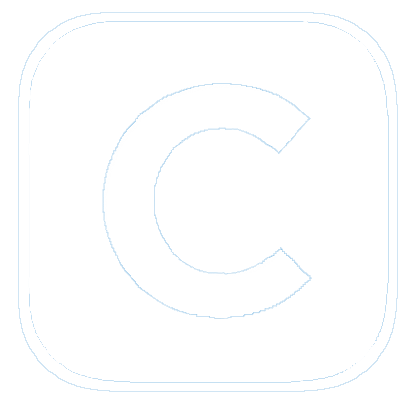Note from the Clinic : Head Lice
October 25, 2021This is the time of year when we may be more likely to encounter head lice in our school community. We ask all families to take the time at home to check your student’s hair.
The first sign of lice is usually itching, followed by redness and sometimes skin irritation near the back of the neck and behind the ears. If your student has been affected, you will be able to find lice eggs (nits). They are tiny yellow, tan, or brown teardrop shaped sacs that are firmly attached to the hair shaft. They are most often found around the ears, base of the scalp, or on the crown on the head.
If you do discover nits in your student’s hair, their hair will need to be treated. There are several over the counter lice shampoos that will kill the lice and eggs. Please follow the product instructions carefully. After treatment, please remove all nits with a fine-tooth comb. This is especially important if you use a treatment that does not kill eggs. Live nits can hatch within 7-9 days if close to the scalp. Due to the high chance of recurrence, we must insist on the student being nit-free before returning to school. Each student must be checked by the school nurse before they will be allowed to return to class.
In addition to the treatment used, there are several things you need to do at home:
— Wash all bed linens and clothing that’s been recently worn by anyone in your home who’s been affected. Use very hot water (130° F [54.4° C]), then use the hot cycle of the dryer for at least 20 minutes.
— Have bed linens, clothing, and stuffed animals and plush toys that can’t be washed, dry-cleaned. Or put them in airtight bags for 2 weeks.
— Vacuum carpets and any upholstered furniture (in your home and car).
— Soak hair-care items like combs, barrettes, hair ties or bands, headbands, and brushes in rubbing alcohol or medicated shampoo for 1 hour. You can also wash them in hot water or just throw them away.
Because lice are easily passed from person to person in the same house, we highly recommend checking all family members. If anyone else is affected, please follow the instructions above.
Thank you for your cooperation!
Back to Announcements >




